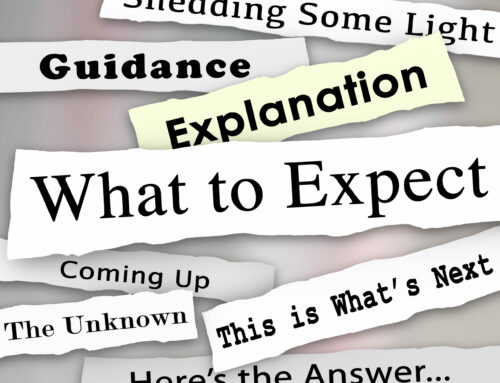John Reynolds MSc BSc FPFS Chartered FCSI takes a look at this important case and why it is imperative that Advisers pay attention to the developments surrounding it.
Background
This case dates back to 2005/2006. Where Mrs Staveley, after a particularly bitter divorce, transferred a portion of a pension she had set up with her husband into a new pot and bestowed it to her children.
When she found out she was terminally ill, in November 2006, she transferred funds from her section 32 policy into an AXA PP. This meant the death benefits were moving from a return of fund payable to her estate, to a return of fund paid at scheme administrator discretion. She died on 18 December 2006.
Mrs Staveley’s two sons were the beneficiaries under her will and the nominated beneficiaries under the personal pension. Since she knew she was terminally ill when she made the transfer, HMRC treated it as a “chargeable lifetime transfer” followed by an “omission to act” (by not drawing any personal pension benefits). Arguing the two actions were related and intentionally designed to reduce the value of her estate for IHT purposes. Consequently, an IHT charge was applied.
The Case
The tribunal declared that in making the transfer Ms Staveley did not intend to bestow a gratuitous benefit. The First Tier Tribunal ruled that by Ms Staveley failing to take lifetime pension benefits her estate had been devalued and the estates of her sons (to whom the death benefits were subsequently paid by the pension scheme administrators) had been increased.
Both parties appealed the judgment, and in January 2017 the Upper Tribunal dismissed HMRC’s appeal and allowed the taxpayer’s appeal. The appeal is being made now into the Supreme Court and will hopefully get a ruling on it in 2020.
What are the implications?
A DB to DC transfer could mean there are death benefits to pass on, so the tax charge may be worth it. This could also apply to a DC to DC where it’s moving from an occupational scheme with limited death benefits to a fully flexible scheme.
Nevertheless, moving from a fully flexible DC scheme to another fully flexible scheme for profit making reasons may not be shrewd if it comes with a tax bill. Your suitability report MUST consider all the implications.
Change is constant
Thirteen years after Ms Staveley passed away and five years since the case first went in front of a judge, we are now finally on the verge of some transparency on the tax treatment of ill-health pension transfers. The demand for financial advice continues to rise, but with this comes the challenges faced by the industry.






